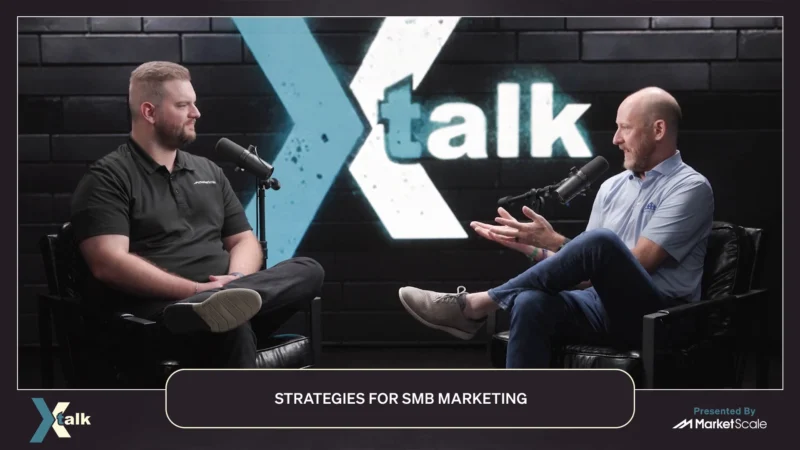Navigating the Utilization of Automation for the First Time
Throughout the past 6 to 12 months, the demand for automation has been bigger than ever before. Statistics show that Q2 of this year was one of the highest on record.
As interest in automation continues to increase, it is important for companies who are embarking with automation for their first time to understand how to utilization it in their business. To offer insights on this topic, Host Joe Gemma invited the Founder of Plus One Robotics, Erik Nieves, to this episode of CalTV by Calvary Robotics.
Nieves, who graduated with a degree in physics, fell into the field of robotics from a summer gig he had at a factory that used robots for arc welding. The last summer he was there before grad school, Nieves was offered a job installing, programming, and running a giant robot system for this same factory. “That took about 5 months and after that, I was back to loading parts and pushing a button. I thought I really liked the first part of the gig.”
Nieves ended up leaving to work for the company that delivered those robots, where he stayed for 25 years as the head of the technology development there. “In that time we were desperate to go find some other vertical, some new industry, that robots could have a meaningful role in.” Nieves explained, “That’s how I fell into the supply chain and warehouse automation. We kind of figured that was the next big industry that has the right combination of volume and value to merit industrial-scale automation.” This is how he went on to find Plus One Robotics.
According to Nieves, the trends we are seeing in automation today involve doing more with less. “Globally we’re adding consumers faster than we are adding labor. You have entire populations moving up into the middle class which means they’re moving into a level of consumption that’s kind of unprecedented so you have to drive more output if you are going to meet the demand.”
He warns companies looking to utilize automation for the first time to be sure they are picking an application that they can succeed with. “That’s as much on us as the provider as it is on them as the user,” Nieves concludes.




